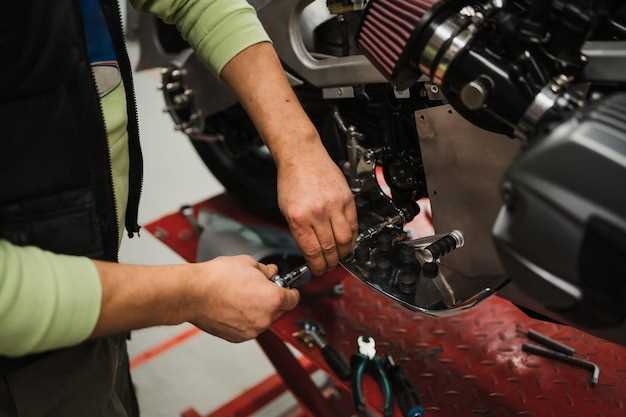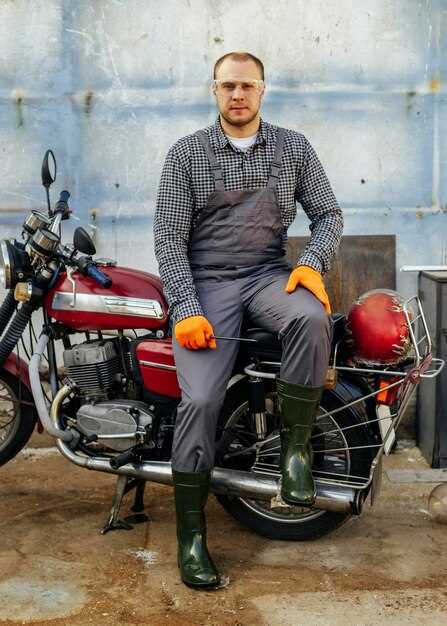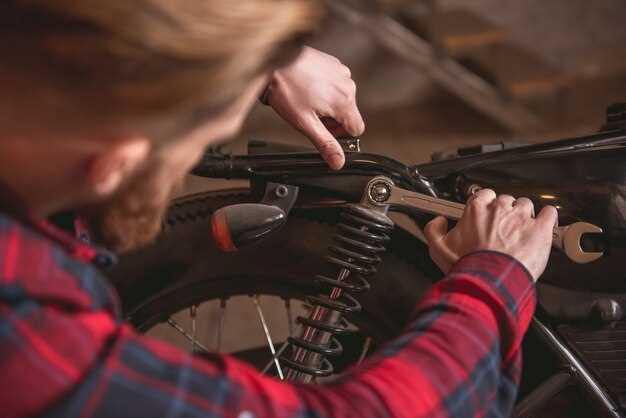How to build a café racer from salvage motorcycles


The allure of the café racer lies not only in its sleek lines and retro aesthetics but also in the story behind each bike. Building a café racer from salvage motorcycles provides a unique opportunity to transform forgotten machines into stunning custom creations. This process requires creativity, skill, and a deep appreciation for the art of motorcycle design. Each salvaged bike holds the potential to become a one-of-a-kind racer that showcases the builder’s vision and craftsmanship.
Starting with a salvage motorcycle means you’re working with a foundation that may be rusted or damaged, but also rich in character and history. The journey to a completed café racer begins by assessing the bike’s condition and identifying the essential components that can be salvaged or refurbished. Restoring these elements often involves a mix of mechanic work and artistic modifications, ensuring that the finished product is not only functional but also exudes the essence of the café racer culture.
As you embark on this exciting journey of building your café racer, remember that each choice you make–from the style of the handlebars to the type of seat–reflects your personal taste and riding philosophy. Embrace the challenge and enjoy the process of breathing new life into a salvage bike, transforming it into a racing machine that stands out on the road and brings joy to your riding experience.
Selecting the Right Salvage Bike for Your Café Racer Project

Choosing the ideal salvage bike is crucial for a successful café racer project. The right bike serves as the foundation for your custom build, impacting both performance and aesthetics. Here are the key factors to consider:
- Frame Condition: Inspect the frame for structural integrity. Look for cracks, rust, or severe dents that may compromise safety. A solid frame is essential for a reliable build.
- Engine Status: The engine’s condition significantly influences the overall performance. Look for bikes with less mileage, minimal wear, or ones that can easily be repaired. A good running engine can save time and reduce costs.
- Parts Availability: Consider models with plentiful aftermarket support. Commonly salvaged bikes like the Honda CB series or the Yamaha XS can give you access to a wide range of parts for customizations and repairs.
- Style Compatibility: Ensure the salvage bike lends itself to the café racer aesthetic. Look for models with a sporty silhouette, retro features, and a comfortable riding position, making it easier to achieve the desired look.
- Price and Value: Set a budget for your project. Compare prices of potential salvage bikes while factoring in the cost of necessary parts and modifications. Aim for bikes that offer a good balance between initial investment and final result.
Once you’ve identified potential salvage bikes, it’s advisable to conduct a thorough inspection. Bringing along a knowledgeable mechanic can greatly assist in assessing the bike’s condition. Additionally, researching any specific issues related to the models you’re considering can prepare you for future repairs and enhancements.
By carefully selecting the right salvage bike, you will lay the groundwork for an exciting and fulfilling café racer project. Remember, the journey of building your bike is as important as the final product!
Essential Tools and Techniques for Customizing Your Motorcycle
Building a café racer from salvage motorcycles requires a set of tools and specific techniques that are crucial for achieving a high-quality finish and performance. Whether you’re a seasoned mechanic or a beginner, having the right equipment is essential for the customization process.
Basic Hand Tools: Start with a comprehensive set of hand tools, including wrenches, screwdrivers, pliers, and sockets. These tools will allow you to disassemble and reassemble parts of your motorcycle efficiently. For salvage projects, these tools are essential for removing rusted bolts and fittings without damaging surrounding components.
Power Tools: Invest in essential power tools such as a drill, angle grinder, and an electric sander. A drill is invaluable for creating new mounting points or modifying existing ones, while an angle grinder helps in cutting and shaping metal parts. An electric sander is perfect for smoothing surfaces before painting or finishing.
Measuring Tools: Accurate measurements are vital in the customization process. Use calipers and measuring tapes to ensure precise dimensions when modifying parts. This precision is especially important when fitting new components or ensuring that your bike remains balanced and safe to ride.
Painting Supplies: After customizing your café racer, you’ll want a sleek finish. Collect spray guns, primers, paints, and clear coats suitable for motorcycle frames. Proper surface preparation is key; sand down the metal, clean it thoroughly, and apply a quality primer before your final coats.
Fabrication Tools: Customizing your motorcycle often involves fabricating new parts. Tools such as a welding machine, jigsaw, and metal bending tools allow you to create unique components tailored to your vision. Mastering basic welding techniques can expand your capabilities in working with metal.
Safety Gear: Lastly, prioritize safety by using appropriate personal protective equipment (PPE). Gloves, safety goggles, and a respirator should be worn during all aspects of the customization process to protect against injuries and hazardous fumes.
By equipping yourself with these essential tools and techniques, you can transform a salvage motorcycle into a stunning café racer that reflects your personal style and mechanical skill.
Tips for Sourcing and Upgrading Café Racer Components

When building a café racer from salvage motorcycles, sourcing the right components is key to both performance and aesthetics. Here are some practical tips to guide you through the selection and upgrading process.
1. Start with a Thorough Inspection
Before diving into upgrades, inspect your salvage motorcycle carefully. Look for parts that are salvageable and assess their condition. Focus on critical components like the frame, engine, and suspension, as they will significantly impact the bike’s performance as a racer.
2. Utilize Salvage Yards and Online Marketplaces
Salvage yards can be treasure troves for café racer parts. Take your time to visit local yards and search through their inventory. Additionally, online marketplaces such as eBay, Craigslist, or specialized motorcycle forums offer a vast selection of both new and used parts, often at lower prices.
3. Consider Aftermarket Options
Aftermarket components can enhance the performance and style of your café racer. Brands that specialize in cafe racer parts often provide upgraded options for common components, such as handlebars, seats, and exhaust systems. Ensure that the parts are compatible with your specific motorcycle model.
4. Focus on Weight Reduction
A key characteristic of a successful café racer is its lightweight construction. When upgrading components, opt for lighter alternatives, such as aluminum or carbon fiber parts. Consider removing or replacing unnecessary items, like heavy stock seats or fenders, to streamline your bike.
5. Prioritize Performance Upgrades
For a competitive edge, invest in performance upgrades. Improved suspension, brakes, and tires can drastically enhance handling and safety. Research which upgrades work best for your model, focusing on reputable brands that cater to racers.
6. Pay Attention to Aesthetics
Café racers are not only about performance; they also embody a certain style. When selecting components, consider how they will contribute to the overall look of your motorcycle. A unified color scheme and streamlined shapes will enhance the aesthetic appeal of your build.
7. Join Café Racer Communities
Engaging with fellow enthusiasts can provide valuable insights into sourcing parts and upgrading your build. Online forums, social media groups, and local clubs can connect you with experienced builders who may have leads on rare components or advice on effective upgrades.
By following these tips, you can effectively source and upgrade components for your café racer, ensuring it stands out on the road as both a stylish and high-performing machine built from salvage.